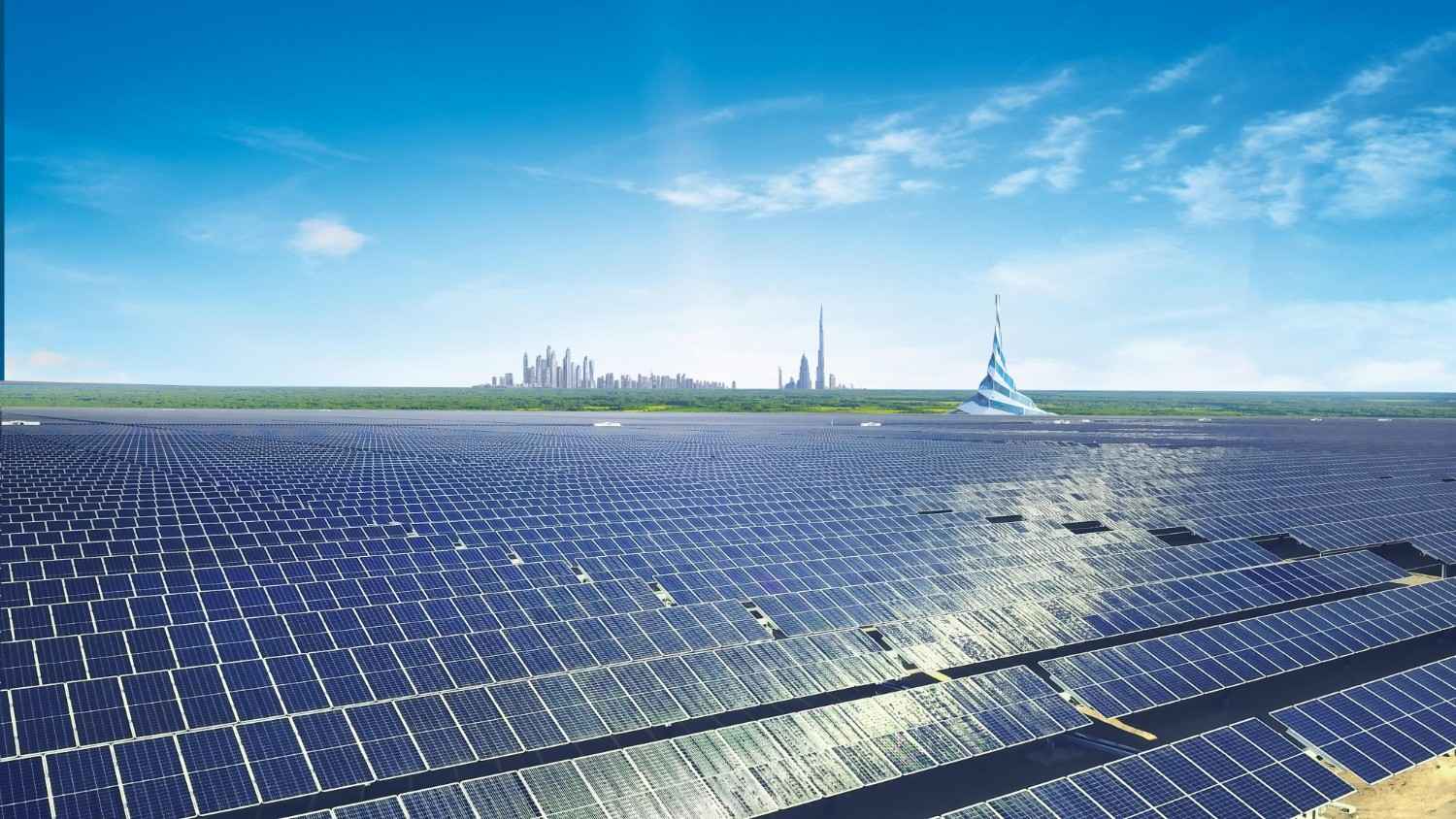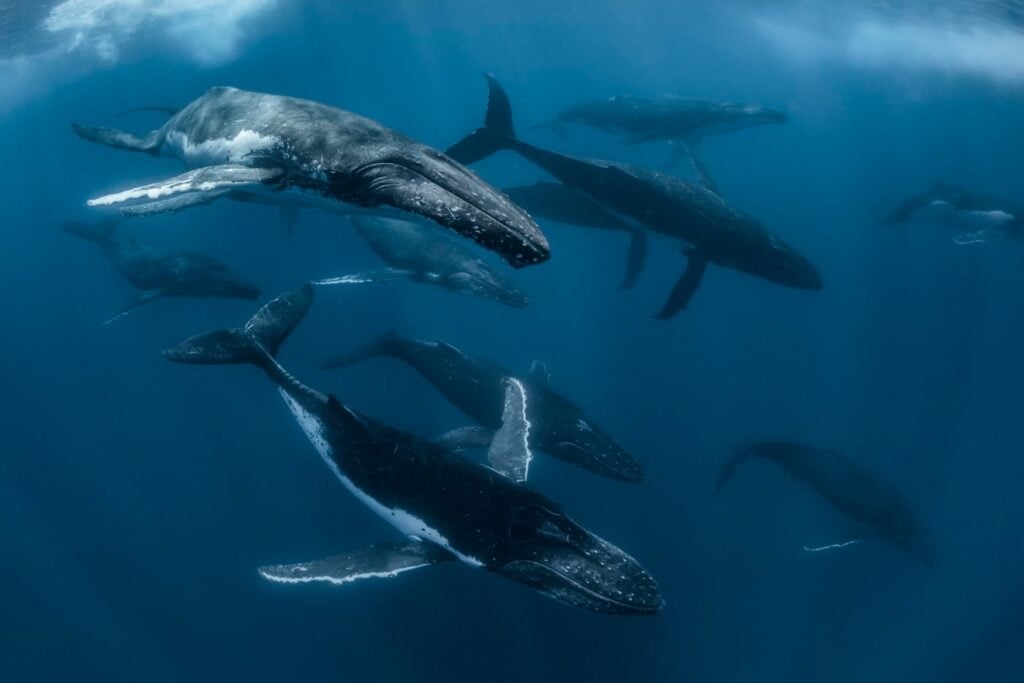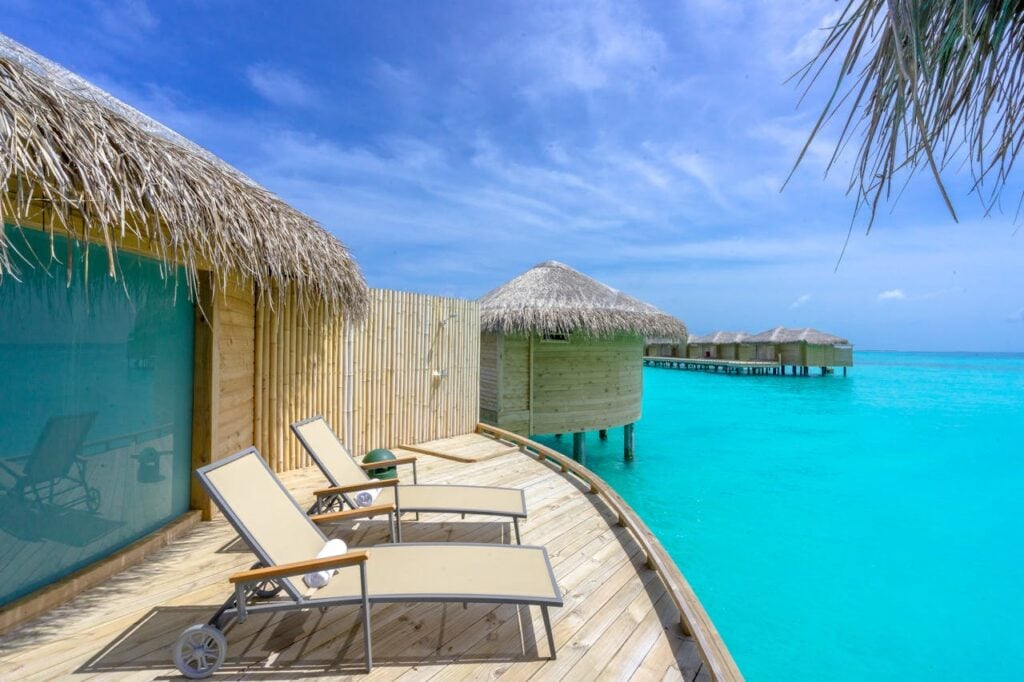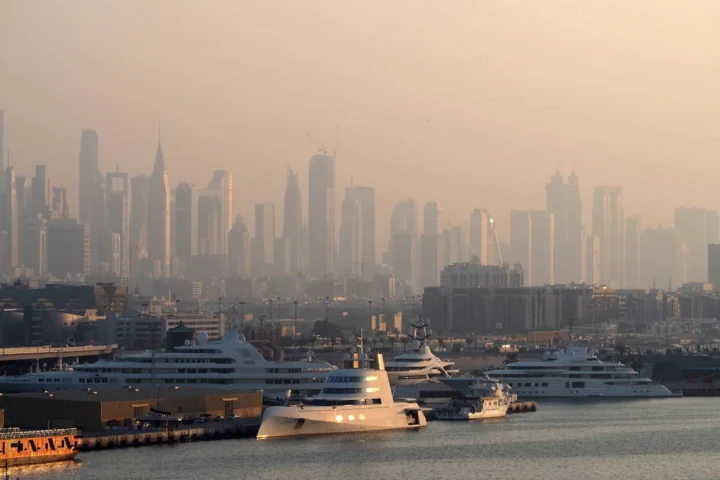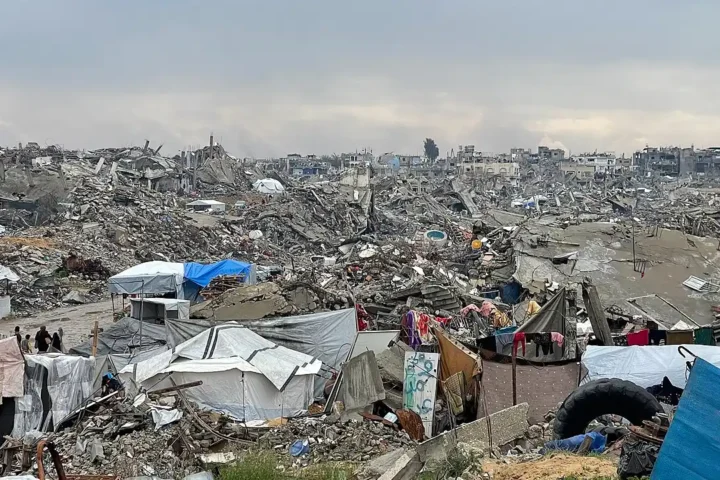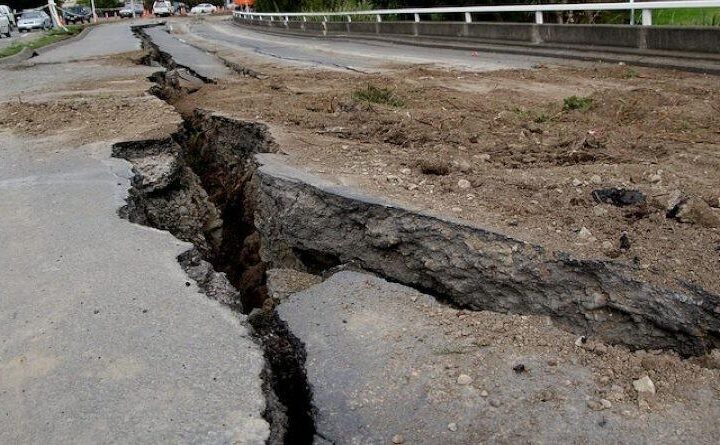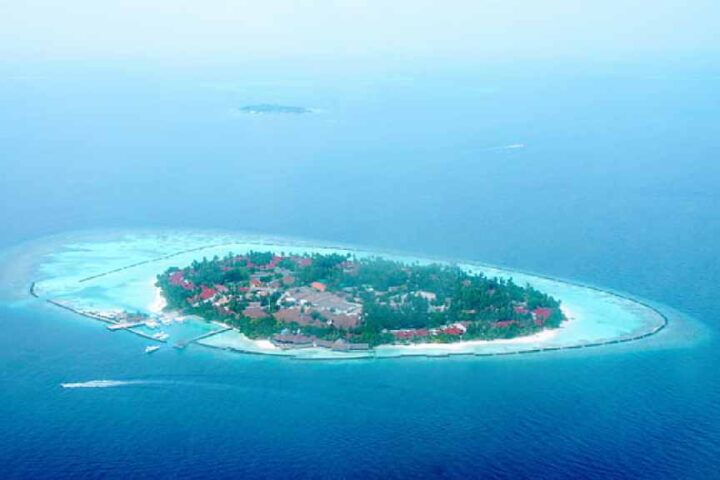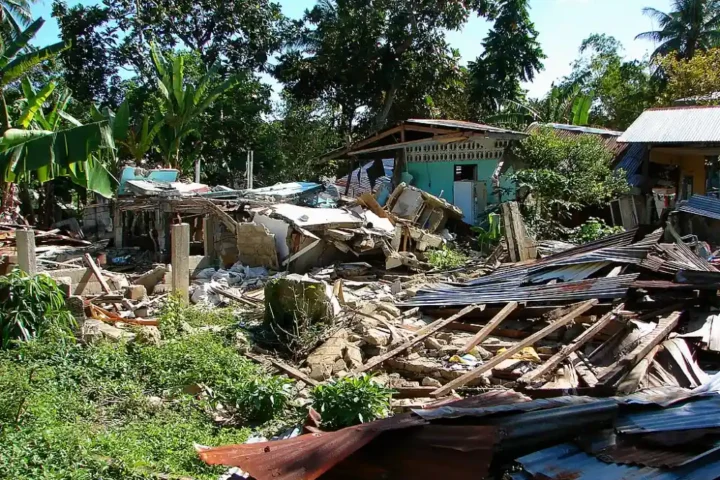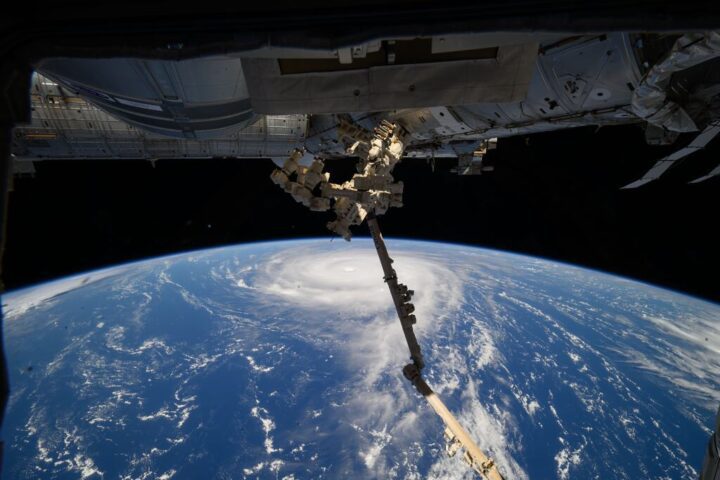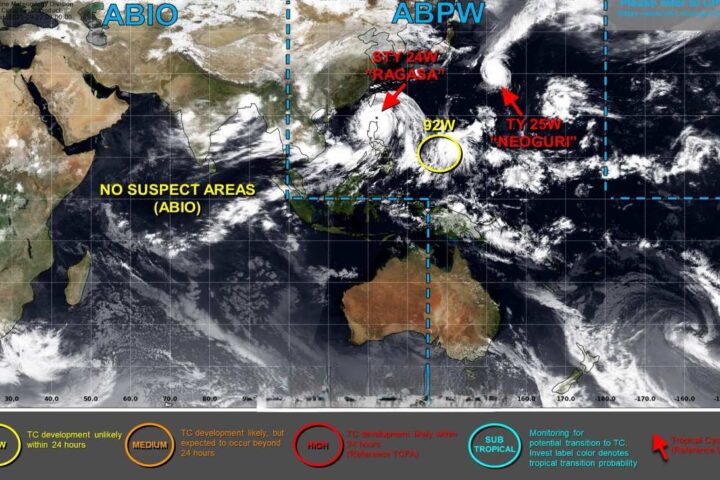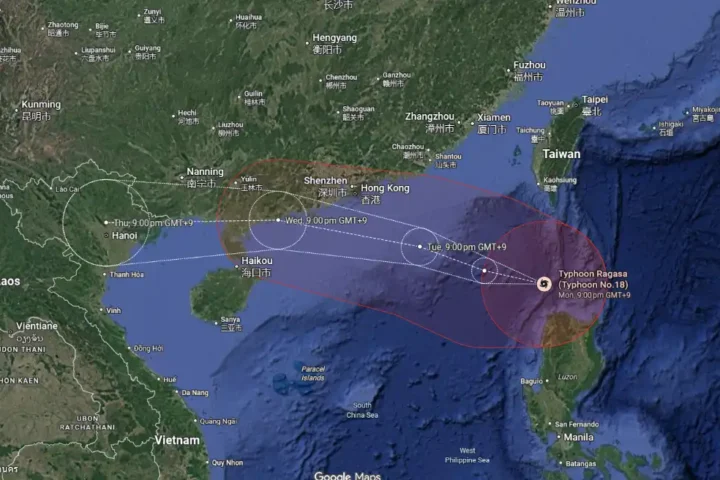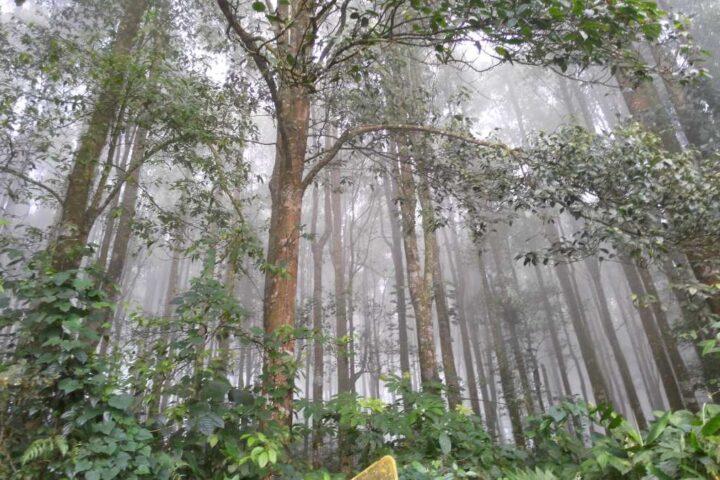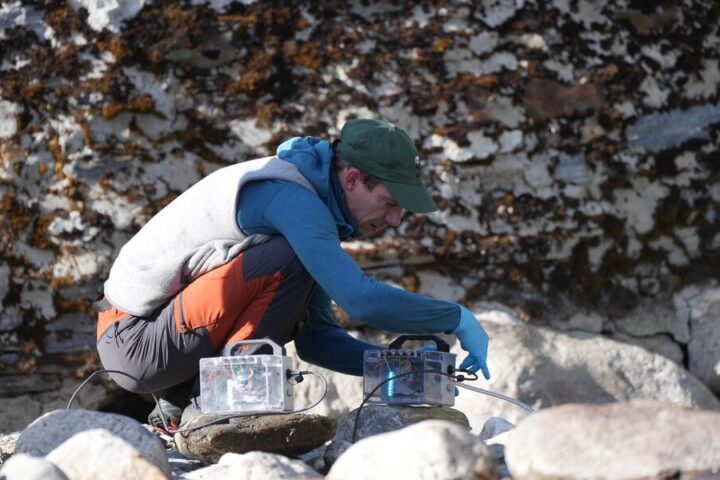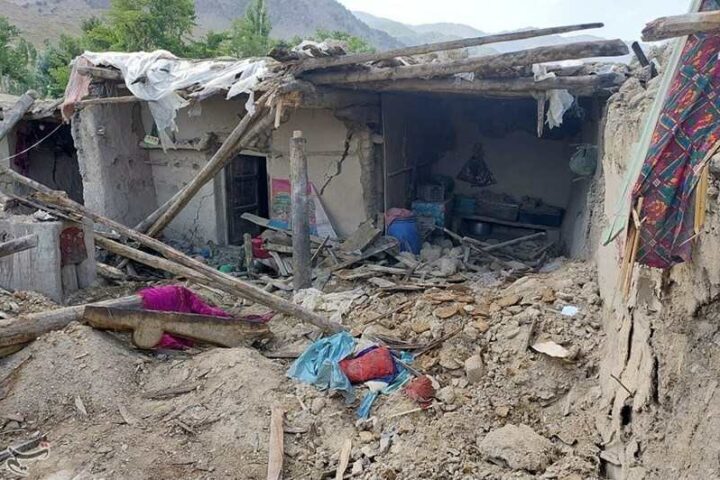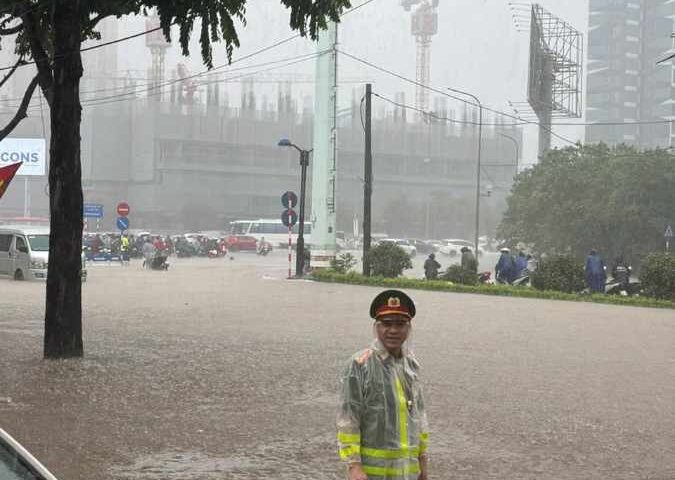Dubai’s concentrated solar power facility just proved that desert sun can work around the clock for more than a month straight. Dubai Electricity and Water Authority (DEWA) announced on May 19, 2025 that it has set a new Guinness World Record for the longest continuous concentrated solar power plant operation at the Mohammed bin Rashid Al Maktoum Solar Park. The concentrated solar power (CSP) project, part of the solar park’s 950-megawatt (MW) fourth phase, achieved 39 days of uninterrupted service, adding a fourth world record to Phase 4’s growing collection.
This achievement arrives as Dubai pushes toward its 2050 goal of generating 100% of its energy from clean sources. The record confirms what engineers suspected but had never proven at this scale: molten salt storage systems can maintain continuous operation for weeks in extreme desert conditions.
Desert Engineering at Scale
The 950MW fourth phase combines three energy technologies: 600MW from a parabolic basin complex, 100MW from the CSP tower, and 250MW from photovoltaic solar panels. The system houses molten nitrate salt thermal storage, heated to approximately 565°C during the day and slowly releasing that energy through steam turbines long after sunset.
With the new recognition, the number of Guinness World Records set by the fourth phase of the solar park has risen to four. It had previously set three records for the tallest concentrated solar power tower at 263.12 metres; the largest thermal energy storage plant, with a capacity of 5,907 megawatt-hours using CSP based on a parabolic basin complex and molten salt technology; and the highest capacity single-operator concentrated solar power plant at 700MW.
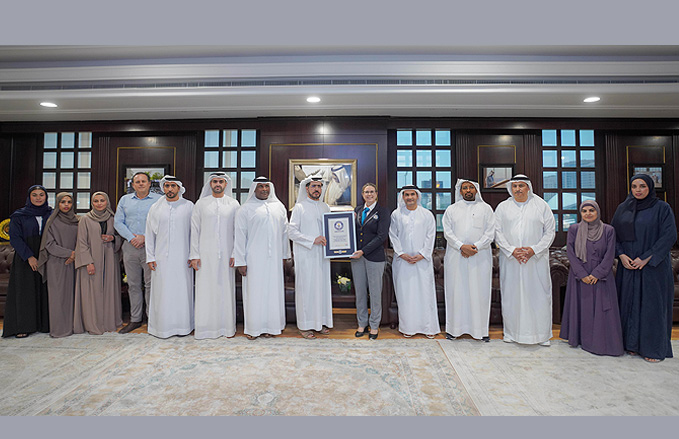
The 39-day run means operators maintained continuous charge and discharge cycles in molten salt loops while dealing with temperatures exceeding 50°C during peak summer days. Well-insulated molten salt storage systems can retain heat with minimal daily losses, making it possible to store thermal energy for extended periods. But keeping the entire system operational without shutdowns for maintenance, dust cleaning, or thermal management required precise engineering.
The parabolic basin complex works like giant curved mirrors following the sun across the sky, focusing heat into pipes filled with molten salt. That heated salt flows to insulated storage tanks where it stays hot for up to 15 hours. When electricity demand peaks after sunset, the stored heat generates steam to spin turbines and produce power.
Breaking Down the Economics
Phase 4’s development cost AED 15.78 billion through an Independent Power Producer model. The characteristics of the 4th phase of the solar park changed several times during its conception. Originally, DEWA released a request for the Expression of Interest (EOI) for a 200 MWe CSP project in October 2016 and announced the winning bid at 9.45 US cents/kWh purchase price in June 2017. Three months later in September 2017 the final project was revealed at 700 MWe consisting of 600 MWe parabolic trough and a 100 MWe solar power tower both featuring large molten-salt thermal energy storage, while pointing out the record breaking purchase price of 7.30 US cents/kWh.
Similar Posts
That USD 73/MWh power purchase agreement placed Dubai well below global CSP costs at the time. The project structure split ownership between DEWA (51%), ACWA Power (25%), and the Silk Road Fund (24%).
The economics work because the facility can dispatch power during evening peak hours when electricity commands higher prices. Traditional solar panels stop producing when the sun sets, but CSP with molten salt storage keeps generating electricity for hours afterward. This dispatchability allows the plant to compete with natural gas peaker plants that typically handle evening demand.
Environmental Impact and Water Management
Fourth phase provides about 320,000 residences with clean energy and reduces carbon emissions by about 1.6 million tonnes annually. That equals taking roughly 350,000 cars off Dubai’s roads each year from Phase 4 alone.
CSP technology traditionally consumes significant water for mirror cleaning and cooling. But Phase 4 employs hybrid dry-wet cooling systems that reduce water usage by 32-58% compared to wet-cooling alternatives. The facility uses treated municipal wastewater for mirror cleaning rather than depleting fresh water supplies.
The solar park spans 77 square kilometers in total and required environmental impact assessments to preserve native ecosystem balance around the installation.
Global Context and Comparisons
When Abu Dhabi’s Shams 1 launched in March 2013 with 100 MW capacity, it claimed the title of world’s largest CSP plant. Shams 1 operated without thermal storage, depending entirely on direct sunlight. Phase 4’s 700 MW CSP capacity with 15-hour storage represents a seven-fold capacity increase and adds the crucial element of dispatchability.
Morocco’s Noor Ouarzazate complex achieved 580 MW capacity with 7-hour storage between 2016-2020, setting benchmarks for North Africa. However, Morocco’s power purchase agreement reached higher costs compared to Dubai’s USD 73/MWh, illustrating how competitive tender processes and local manufacturing capabilities drove down costs.
Spain’s Gemasolar pioneered 15-hour molten salt storage in 2011 with a 20 MW facility. Phase 4 scales that storage concept by 35 times while maintaining the same dispatch duration, proving the technology works at gigawatt scale.
Current Park Status and Operations
The total capacity of the solar energy projects commissioned at the solar park has reached 3,460MW from solar photovoltaic (PV) panels and concentrated solar power (CSP). Additionally, the total capacity of the projects under construction at the solar park is 1,200MW, all based on PV technology. By 2030, the solar park’s planned production capacity will increase to 7,260MW.
The solar park started with a 13 MW photovoltaic installation in October 2013. Each subsequent phase increased capacity: 200 MW PV in Phase 2 (2017), 800 MW PV in Phase 3 (2020), 950 MW hybrid in Phase 4 (2023), and 900 MW PV in Phase 5 (completed June 2023).
DEWA achieved a world record by receiving the lowest bid of $1.6953 cents per kilowatt hour (kWh) for the fifth phase, showing how aggressive competition continued driving costs downward across all phases.
Leadership Perspectives
“This new global recognition embodies the insightful vision and wise directives of HH Sheikh Mohammed bin Rashid Al Maktoum, Vice President and Prime Minister of the UAE and Ruler of Dubai, to increase the share of clean energy and leverage the latest innovation and technologies to achieve net zero,” said HE Saeed Mohammed Al Tayer, MD & CEO of DEWA, when receiving the Guinness certificate.
“The Mohammed bin Rashid Al Maktoum Solar Park, the largest single-site solar park in the world using the independent power producer model, is our most important project to achieve the Dubai Clean Energy Strategy 2050 and the Dubai Net Zero Carbon Emissions Strategy 2050, to provide 100% of the emirate’s energy production capacity from clean sources by 2050. We are working to increase the solar park’s planned production capacity to 7,260MW by 2030, raising clean energy’s share in Dubai’s energy mix to 34%,” Al Tayer added.
Next Phase: Adding Battery Storage
Dubai’s expansion continues with Phase 7, where DEWA has invited international developers to submit expressions of interest for a tender to develop the 1,600-megawatt (MW) seventh phase of the Mohammed bin Rashid Al Maktoum Solar Park. This phase, which is expandable to 2,000MW, will use photovoltaic solar panels and a battery energy storage system with a capacity of 1,000MW for six hours, providing a total storage capacity of 6,000 megawatt-hours (MWh).
The March 2025 tender deadline reflects DEWA’s acceleration toward its 2030 targets. Phase 7 will combine traditional lithium-ion battery storage with the existing molten salt thermal storage, creating a multi-vector energy storage system. The 7th phase is expected to produce 4.5 terawatt-hours of electricity annually, avoiding the burning of more than 36 billion cubic feet of natural gas.
Battery storage provides rapid response to grid fluctuations and frequency regulation, while molten salt storage handles longer-duration dispatch needs. This combination addresses different grid stability requirements that neither technology solves alone.
Research and Innovation Hub
The solar park houses the Innovation Centre and Research & Development facilities where DEWA built a pilot solar-powered reverse osmosis water desalination plant. The production capacity is 50 m3 per day of drinking water (with bottled water quality), achieved by desalinating brackish water using solar energy with Energy Storage Batteries.
These facilities support technology development beyond electricity generation. The co-location of desalination with solar power addresses water scarcity while utilizing excess thermal energy from CSP operations. Integration of multiple resource challenges – energy, water, and carbon reduction – on a single site maximizes infrastructure efficiency.
The center also tests advanced molten salt formulations that remain stable at higher temperatures, potentially increasing thermal efficiency in future installations. Drone-based inspection systems reduce operations and maintenance costs while autonomous cleaning robots minimize water consumption for mirror maintenance.
Strategic Implications for Regional Energy
Upon its completion, the solar park will reduce eight million tonnes of carbon emissions annually once all phases reach operation. This reduction equals approximately 5% of the UAE’s total annual carbon emissions, making the single installation nationally significant for climate commitments.
The project’s Independent Power Producer model demonstrated that private investment could deliver large-scale renewable infrastructure while achieving competitive pricing. Other Gulf Cooperation Council countries now study Dubai’s tender processes and technical specifications for their own renewable programs.
Dubai’s achievement proves concentrated solar power with storage can provide baseload renewable energy in desert climates. The 39-day continuous operation record eliminates doubts about CSP reliability during extended high-temperature periods, harsh sandstorms, and peak summer demand cycles.
Technical Legacy and Future Applications
Molten salt thermal energy storage can be heated and cooled daily for at least 30 years. At that point, the tanks might need corrosion repair, so the molten salt would be cooled off – a process that takes months – then emptied and then returned to the tanks to supply another 30 or more years.

This longevity compares favorably to lithium-ion batteries that typically require replacement after 10-15 years of operation. While molten salt systems require higher upfront capital investment, their multi-decade lifespan and ability to store large quantities of energy for extended periods provide different economic value propositions.
The continuous operation record validates design choices around redundant heat exchangers, advanced insulation systems, and salt-loop monitoring that prevented thermal creep during extreme conditions. These engineering solutions become templates for future CSP installations in similar climates.
